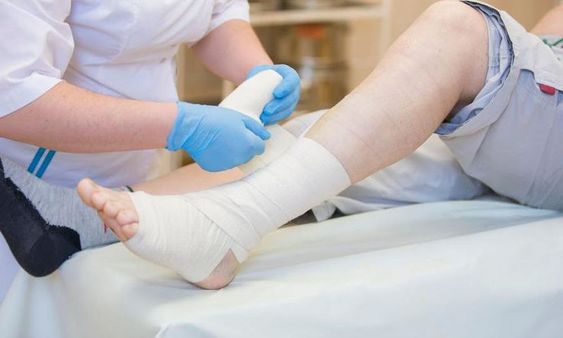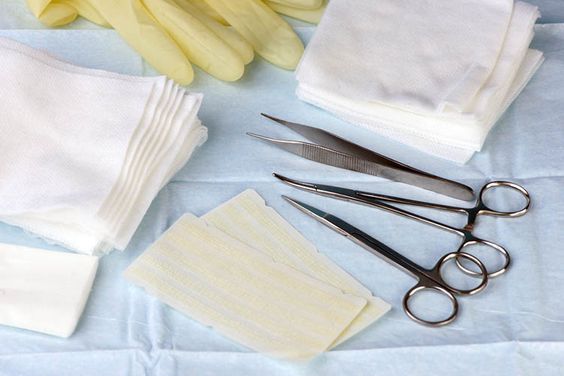Whether it's a minor cut in the kitchen, a scrape outdoors, or a sprain during sports, injuries to your feet are inevitable. When they are injured, the pain and inconvenience are indescribable. Therefore, understanding how to properly care for and treat foot wounds has become a required course in our lives. I know very well the confusion and helplessness many people feel when facing wounds. To help you all better cope with this issue, I've put together a guide to foot wound care. It's designed to give you clear, practical advice so you can cope with an injury with ease and recover quickly.
Importance of foot wound care:
If a foot injury occurs, it will have a great impact on our daily life. Due to the special location of the foot wound, the wound is not easy to heal and there is also a risk of infection. Therefore, we must take extra care and keep our feet Clean and dry, choosing appropriate shoes and socks, and avoiding standing or walking for long periods of time are the keys to preventing wounds. At the same time, it is also very important to conduct regular foot examinations to detect and deal with potential problems in time.
How to properly care for foot wounds?
1. Disinfection:
When a wound occurs, proper care is equally important. First, make sure your hands and the area around the wound are clean. Wash the skin around the wound with mild soap and water, then gently wipe it clean with sterile gauze. Remember, avoid using irritating disinfectant products such as alcohol and iodine to avoid aggravating the pain of the wound.
2. Use functional wound dressings:
wound dressing based on the type and severity of the wound. For minor abrasions and cuts, you can use hydrocolloid foot patches for care. It not only provides a slightly acidic closed space for the wound, which is conducive to wound healing but also prevents the wound from being invaded by foreign microorganisms and reduces the chance of wound infection. Prevent infection. For deeper wounds or burns, functional wound dressings may be needed, such as alginate dressings, silicone gel foam dressings, etc.
Notice:
Proper rest and elevating the wound site are also important measures to promote healing. Avoid excessive activity or standing for long periods of time as this may aggravate the wound. At the same time, elevating the wound site above the level of the heart can help reduce swelling and pain. In addition, good eating habits also have a positive impact on wound healing. Maintaining a balanced diet with adequate protein, vitamins, and minerals can help promote wound healing and recovery.
For more information on customized® Hydrocolloid Blister Plaster, refer to the previous articles. If you have needs, you are welcome to contact us; we will serve you wholeheartedly.
At Longterm Medical, we transform this data by innovating and developing products that make life easier for those who need loving care.
Editor: kiki Jia

 English
English عربى
عربى Español
Español русский
русский 中文简体
中文简体








